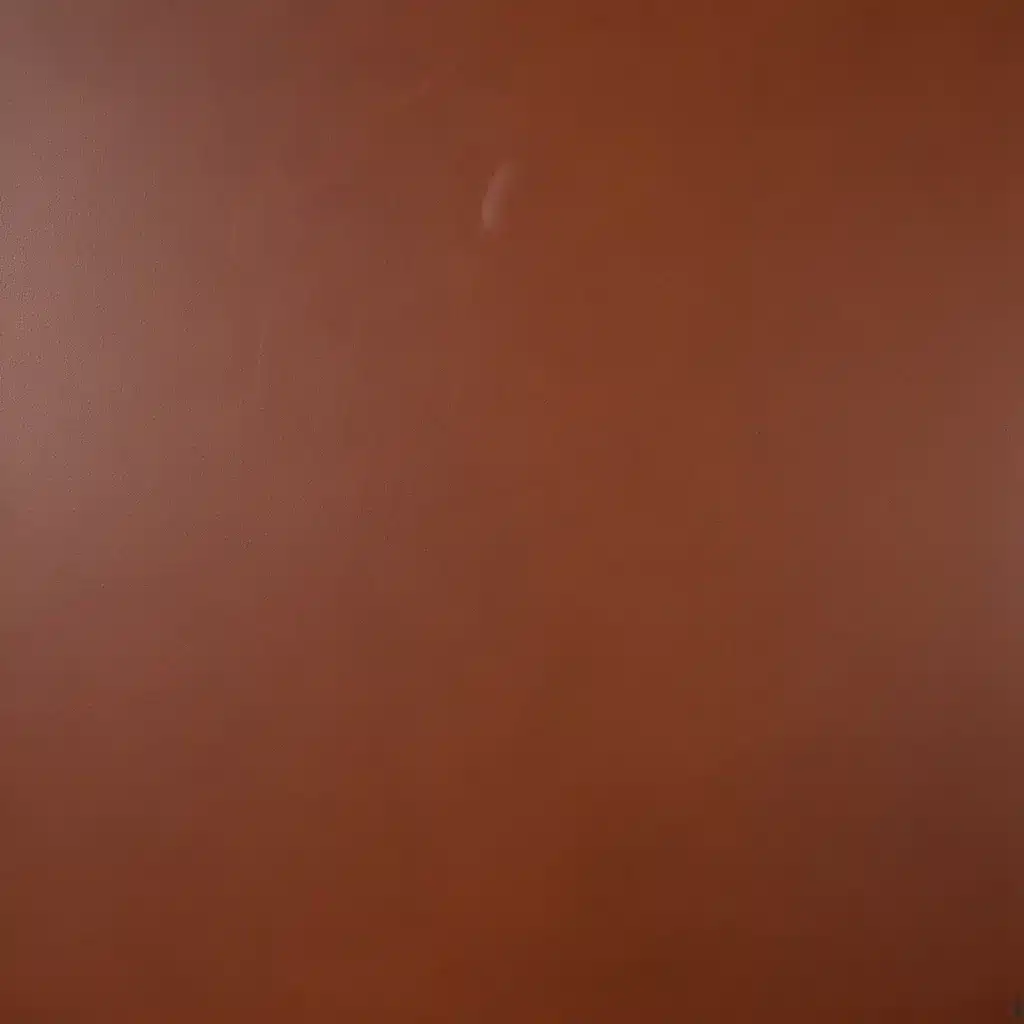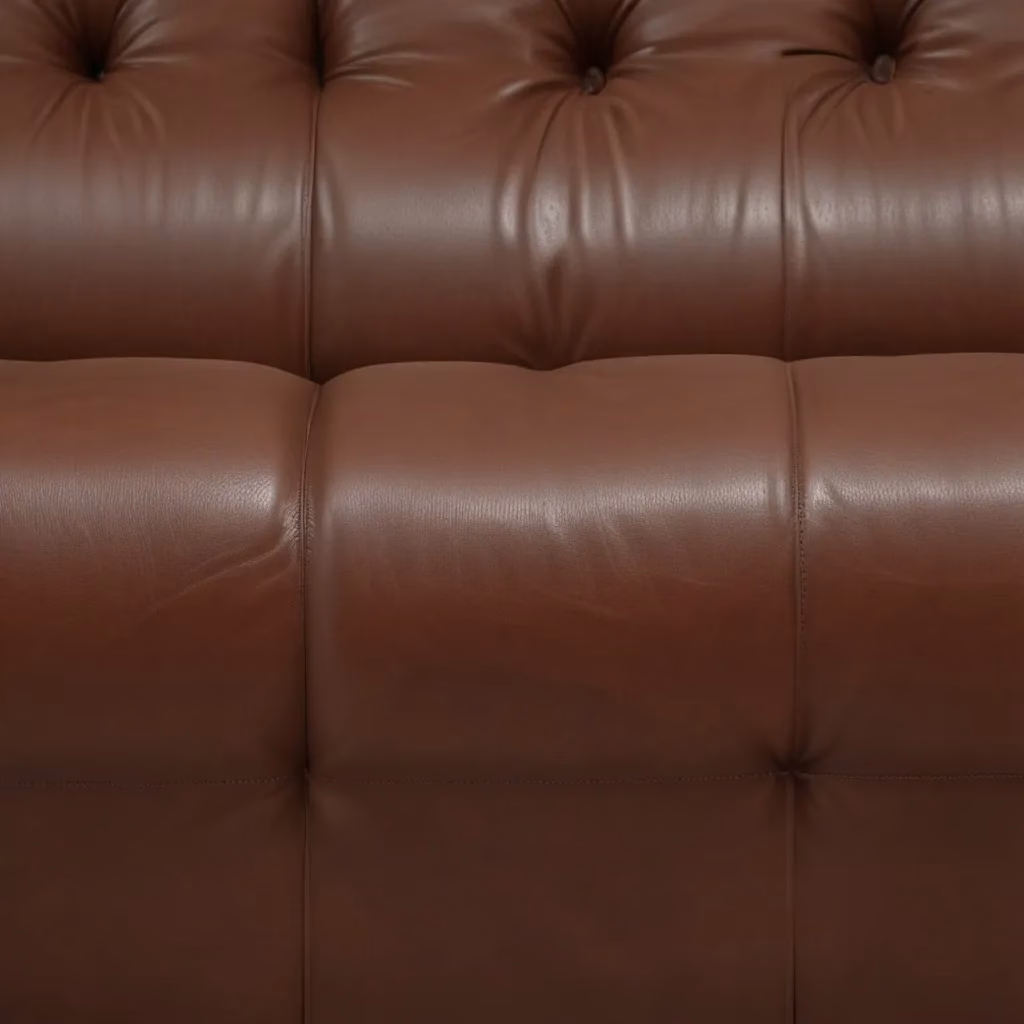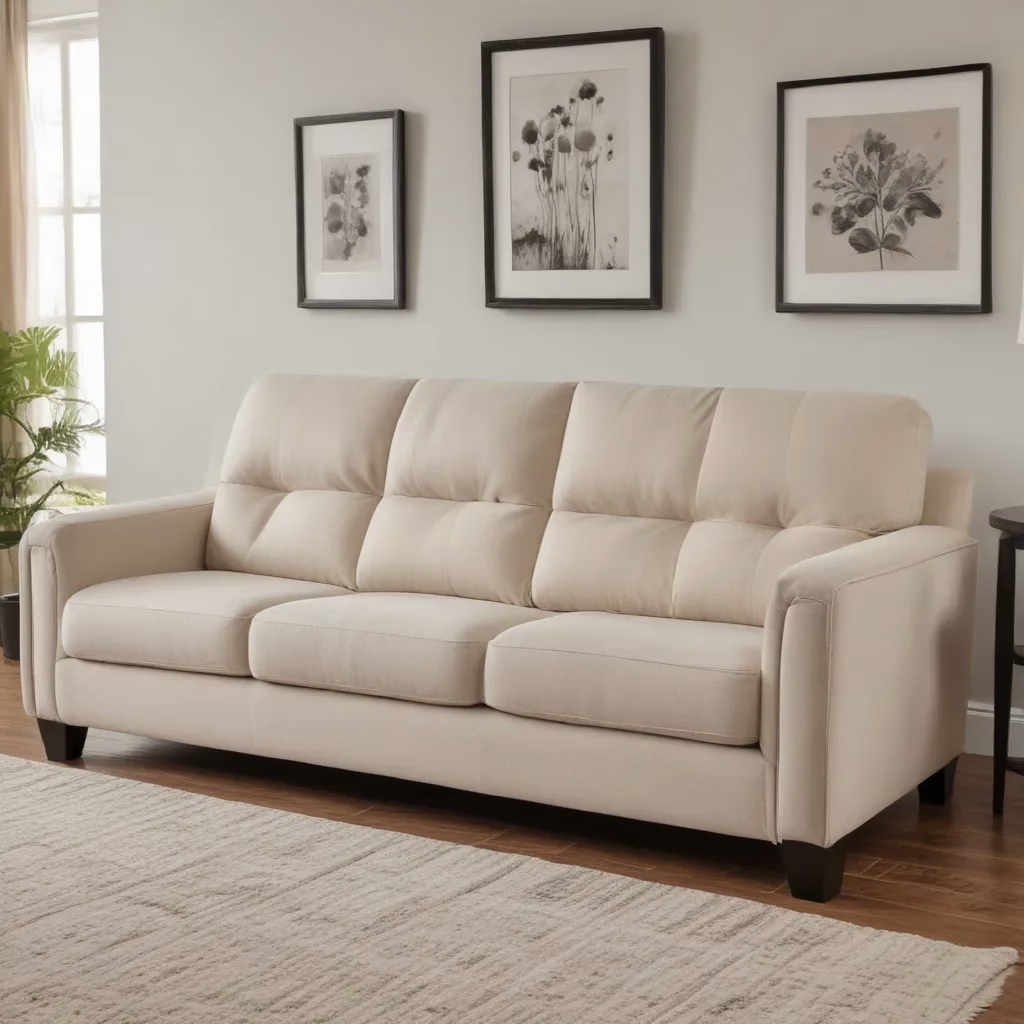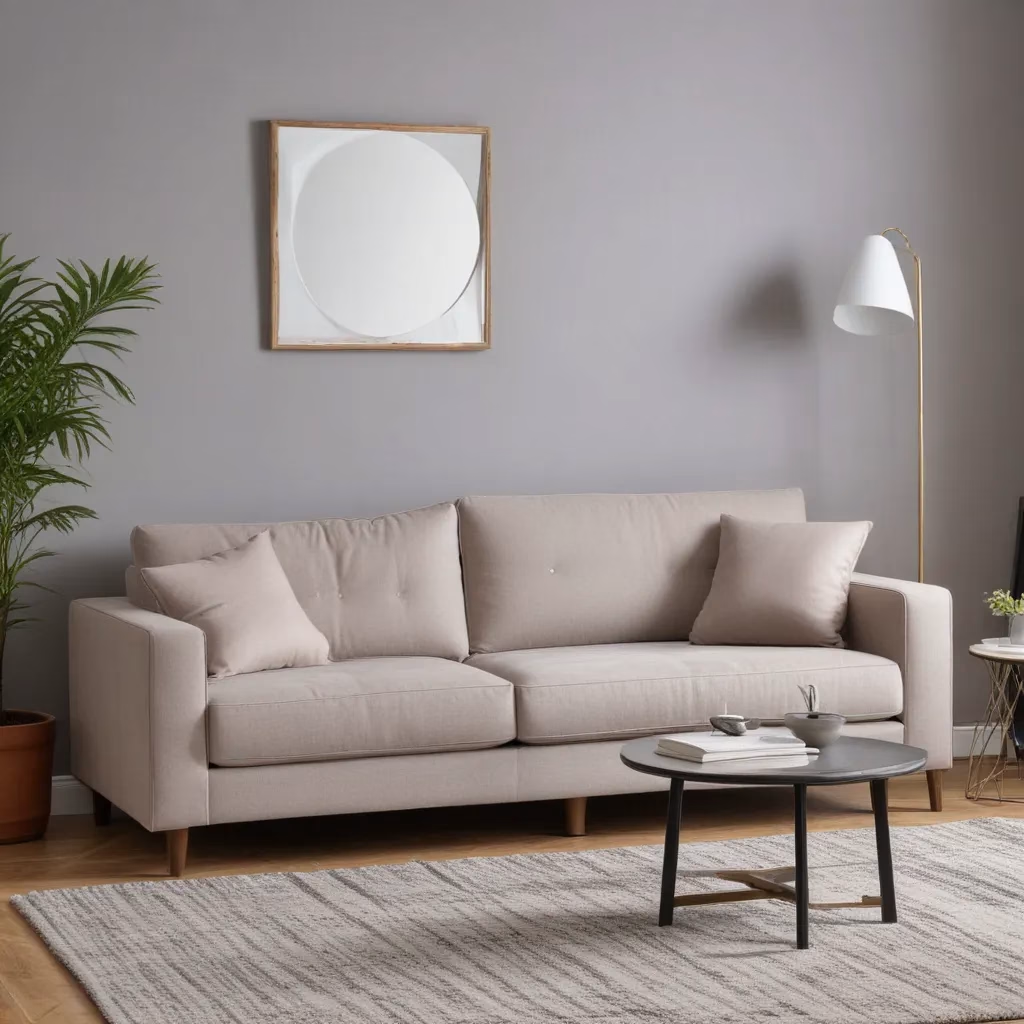As someone who’s always loved the rich, luxurious look and feel of leather, I’ve found myself staring at product descriptions, puzzled by terms like “top grain,” “full grain,” and “corrected grain.” What do they all mean, and how do they impact the quality and appearance of the leather? Well, my friends, today we’re going to dive deep into the world of leather grains and uncover the differences between these three types.
Unraveling the Mystery of Leather Grains
Let’s start with the basics: leather is made from the hides of animals, typically cows. Now, when these hides are processed, they go through a process called “splitting.” This simply means that the leather is thinned out, separating the upper layer from the lower layer.
The upper layer, known as the “top grain,” is where the real magic happens. This is the part of the hide that’s considered the most desirable, as it’s the smoothest and most uniform in appearance. But within the top grain category, there are two distinct types: full grain and corrected grain.
Full Grain Leather: The Cream of the Crop
Full grain leather is the crème de la crème when it comes to leather quality. It’s the upper layer of the hide, but with one key difference – the surface hasn’t been buffed or sanded to remove any imperfections. Yep, you heard that right – those natural markings, scars, and even hair follicles are still intact, giving the leather a unique, rustic charm.
As the folks at The Tannery Row put it, if you look closely at full grain leather, you can actually see those telltale hair follicles. This is what gives it that irreplaceable, one-of-a-kind character. And because the surface hasn’t been tampered with, full grain leather is also exceptionally durable and long-lasting.
I’ve always been drawn to the character-rich look of full grain leather. It’s like a well-worn pair of jeans – the more you use it, the better it looks. And let me tell you, there’s nothing quite like the feeling of sinking into a full grain leather sofa, knowing that it’s only going to get more beautiful with age.
Corrected Grain Leather: Smooth and Uniform
Now, let’s talk about corrected grain leather. This is the other type of top grain leather, and it’s the most common kind you’ll find in the market. As BestLeather.org explains, corrected grain leather undergoes a bit more processing to achieve that smooth, uniform appearance.
After the initial tanning process, the hides with more visible imperfections, like scars and blemishes, are buffed and sanded down. This removes those natural markings and creates a blank canvas, so to speak. Then, an artificial grain pattern is stamped or embossed onto the surface, giving it a more consistent look.
The upside of corrected grain leather is that it’s often more affordable and available in a wider range of colors and finishes. The downside? Well, it’s just not as natural and characterful as full grain. That patina that develops over time with full grain leather? Not so much with the corrected stuff.
Splitting Hairs: Exploring Leather Splits
But wait, there’s more! Let’s not forget about the lower layer of the hide, known as the “split.” After the initial splitting process, this part of the leather can be further refined and used for a variety of purposes.
According to The Tannery Row, these splits can be corrected and refinished to mimic the look of grain leather. So, while they may not be as high-quality as the top grain, they can still be a viable option for certain applications, like suede.
Making the Choice: Full Grain vs. Corrected Grain
Now, when it comes to choosing between full grain and corrected grain leather, it really comes down to personal preference and budget. As Independence Brothers notes, full grain is generally more expensive, but it develops a beautiful patina over time and has a more natural, luxurious feel.
Corrected grain, on the other hand, is often more affordable and can be engineered to mimic the look of other leather types. It’s also a bit more uniform in appearance, which some people prefer. But it may not develop that same coveted patina or feel as supple as its full grain counterpart.
Ultimately, it’s a matter of weighing your priorities. Do you want that rugged, character-rich look and feel, or are you after a more consistent, budget-friendly option? Either way, you really can’t go wrong when it comes to leather furniture – Sofaspectacular has a fantastic selection to suit every taste and budget.
Caring for Your Leather Investment
Whichever type of leather you choose, proper care and maintenance are key to keeping it looking its best for years to come. Whether it’s a full grain or corrected grain sofa, the experts recommend dusting it weekly with a soft cloth, addressing spills immediately with a damp cloth, and using a mild soap and water solution to remove everyday grime.
And if you want to really protect your investment, look for a recommended pigmented leather protection cream. Just be mindful that this may slightly alter the color and appearance of the leather, so do a spot test first.
Embracing the Beauty of Leather
At the end of the day, leather is a truly remarkable material, and each type has its own unique charm and characteristics. Full grain may be the crème de la crème, but corrected grain has its own merits, too. The key is to embrace the beauty of leather in all its forms, and to choose the option that best fits your style and budget.
So, the next time you’re shopping for a new sofa or piece of leather furniture, keep these leather grain distinctions in mind. And who knows – you may just find the perfect match for your home, whether it’s a rugged full grain or a sleek, corrected grain stunner. The world of leather is your oyster!




